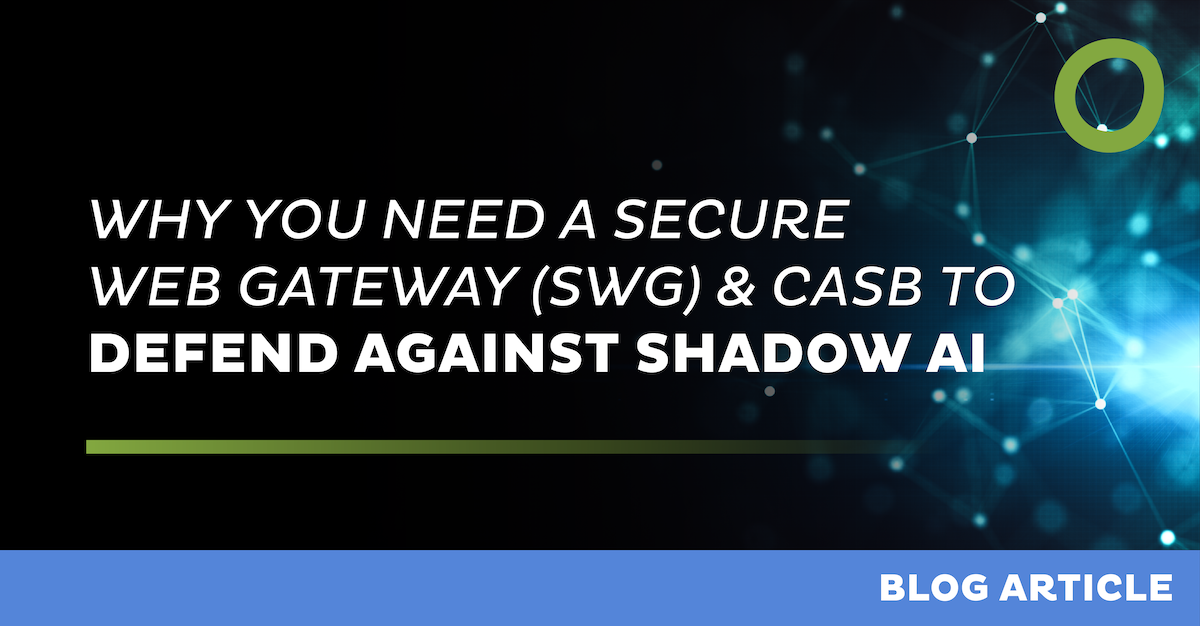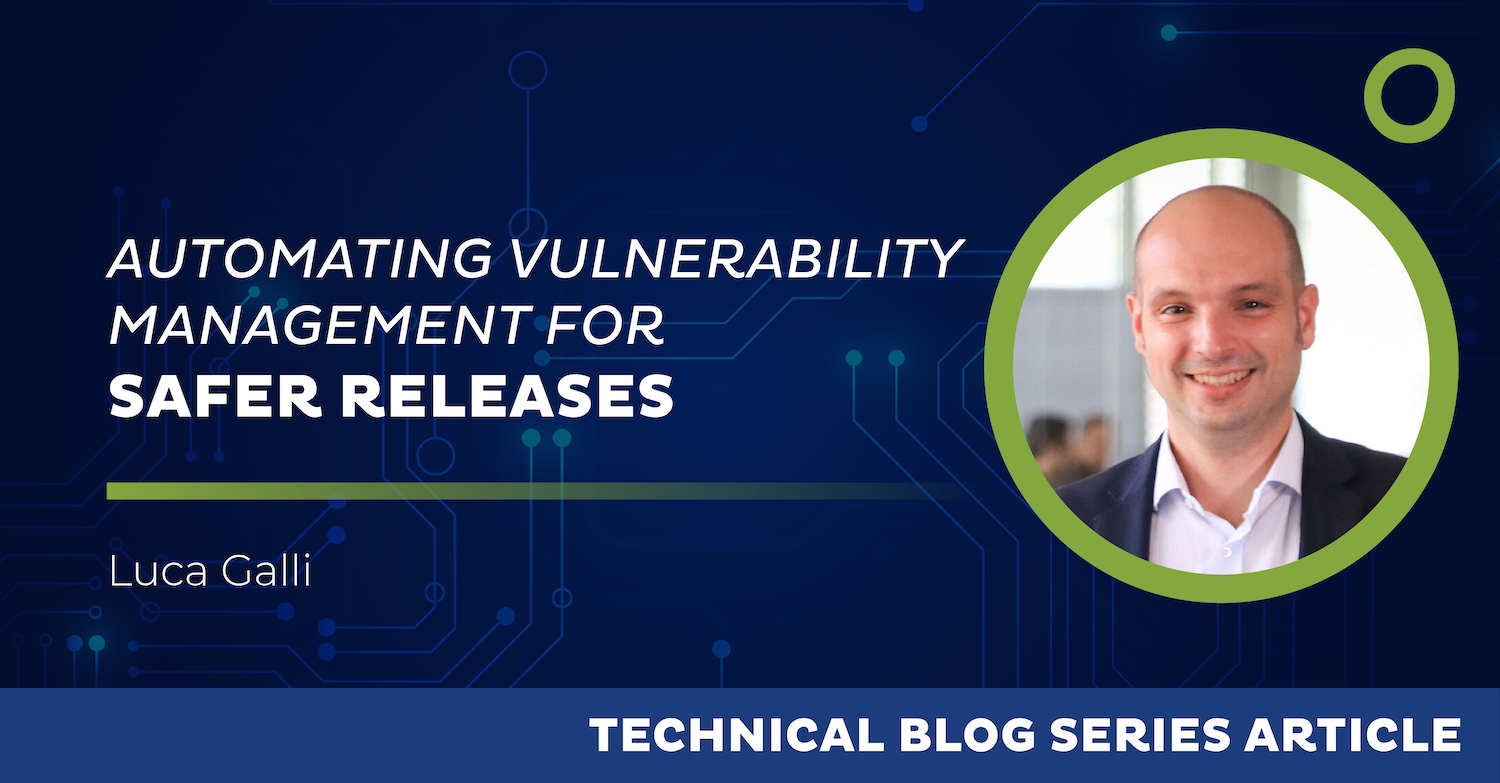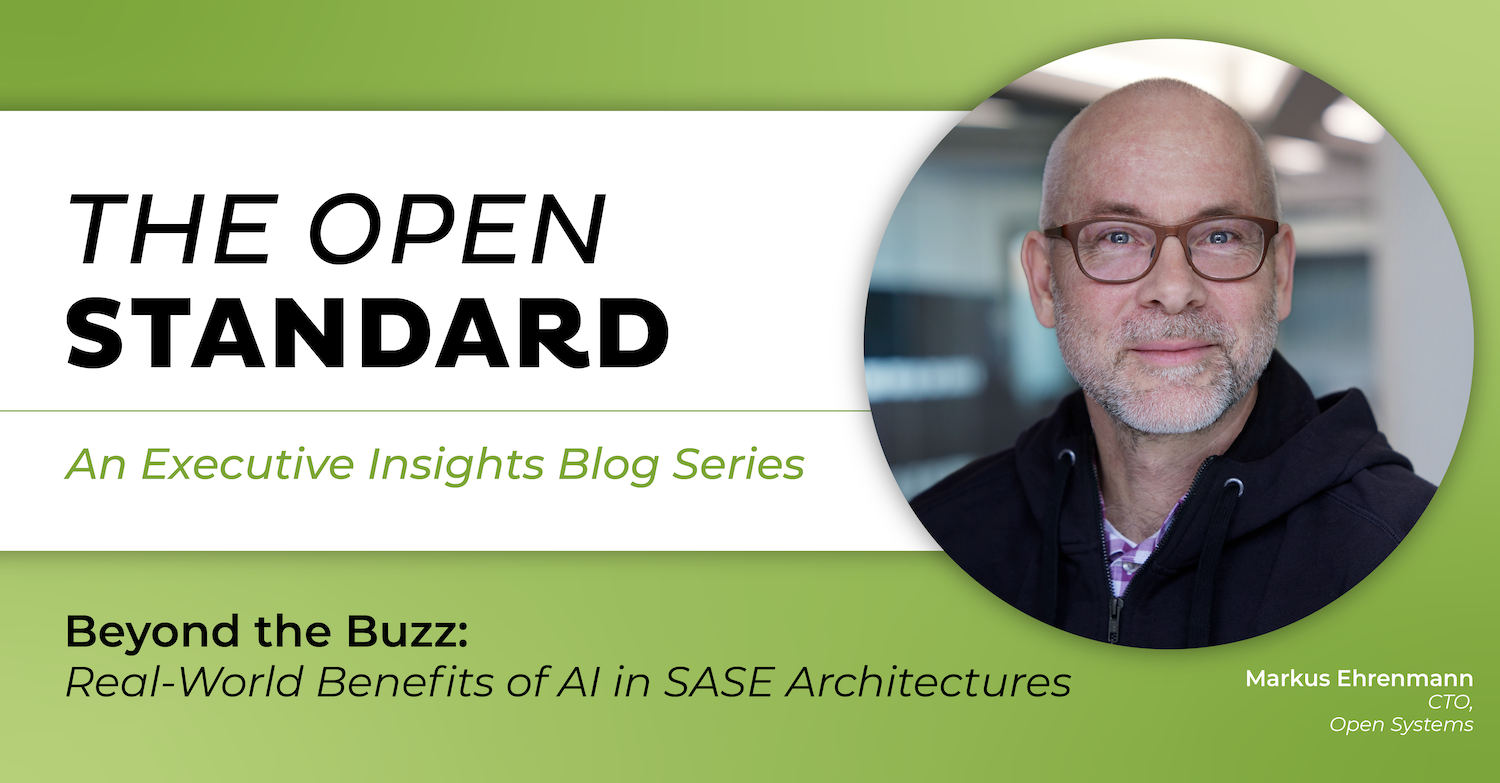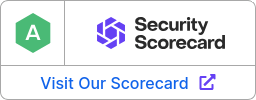
Why You Need a Secure Web Gateway (SWG) and CASB to Defend Against Shadow AI


The explosion of generative AI has changed the way employees work. Tools like ChatGPT, Copilot, and countless AI-powered SaaS services are now only a browser tab away. While these tools can boost productivity, they also introduce a new type of risk: shadow AI.
Just like shadow IT in the past, shadow AI describes employees adopting unapproved AI tools without IT or security oversight. The problem? Sensitive corporate data, intellectual property, and regulated information may be shared with systems outside of your control — and you may not even know it’s happening.
To counter this, enterprises need more than just awareness campaigns. You need technical controls that help you detect, govern, and secure AI usage across the organization. This is where Secure Web Gateways (SWG) and Cloud Access Security Brokers (CASB) come in.
The Risks of Shadow AI
Employees often paste prompts, source code, financial figures, or even customer data into AI tools to “get the job done faster.” The risks include:
- Data leakage: Sensitive content ends up outside corporate boundaries, where retention, deletion, and ownership are no longer guaranteed.
- Compliance violations: Uncontrolled AI use may break GDPR, HIPAA, PCI-DSS, or contractual obligations.
- Model training exposure: Some tools use submitted data to improve their models, potentially embedding proprietary information into a system you don’t control.
- Shadow costs: Employees subscribe to AI SaaS services individually, creating uncontrolled spend and fragmented vendor management.
Without visibility and enforcement, IT is blind to these risks.
Shadow AI by the Numbers
- Half of all employees admit to using shadow AI tools at work, and many would continue even if their employer banned it.
- Enterprise data flowing into AI tools has surged by nearly 500% year-over-year, with almost one in three uploads containing sensitive data.
- Organizations now interact with hundreds of different AI apps, but fewer than 10% have put protection policies in place to govern their use.
These headline numbers show a clear trend: shadow AI isn’t a minor side effect of digital transformation. It’s already embedded in the way employees work, whether IT approves it or not.
Why an SWG Matters
A Secure Web Gateway sits between users and the internet, inspecting web traffic in real time. Against shadow AI, SWGs provide:
- Visibility: Identify which AI tools employees are accessing, even if they aren’t officially approved.
- Access control: Block or allow specific AI domains, or only permit sanctioned tools.
- Granular policy: Allow access but prevent file uploads or large data transfers to AI services.
- Threat protection: Stop malicious lookalike AI sites designed for data harvesting or phishing.
The SWG is the frontline, ensuring that not every AI service is freely reachable without scrutiny.
Why a CASB Matters
A Cloud Access Security Broker focuses on controlling SaaS usage, making it the natural companion to SWGs. For AI services, CASBs provide:
- Shadow AI discovery: Detect usage of AI SaaS apps beyond your official inventory.
- Data protection: Apply DLP (Data Loss Prevention) to block sensitive data (like source code, PII, or contracts) from being sent into AI prompts.
- Governance: Enforce policies such as “allow only corporate-approved AI services” or “permit read-only access.”
- Compliance reporting: Demonstrate that AI usage is monitored and controlled, essential for audits.
CASB is the control layer that ensures shadow AI doesn’t silently bypass corporate policy.
Your Next Step with Open Systems
Security needs a strong partner.
With Open Systems at your side, you stay in full control of AI usage and compliance.
Let’s protect your business together.
Leave Complexity
Behind
To learn how Open Systems SASE Experience can benefit your organization, talk to a specialist today.
Contact Us




